Search results for 'The And'
-
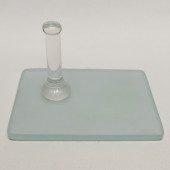
Cornelissen Mini Glass Muller and Slabs
Starting at: £24.00
-
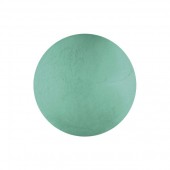
Synthetic Malachite Pigment
Starting at: £4.20
-
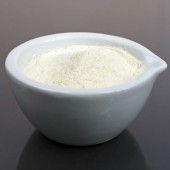
Gum Sandarac
Starting at: £8.60
-
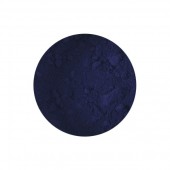
Indigo Blue Synthetic Pigment
Starting at: £5.50
-
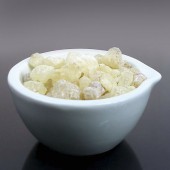
Gum Damar
Starting at: £10.00
-
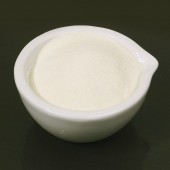
Casein Lactic
Starting at: £15.95
-
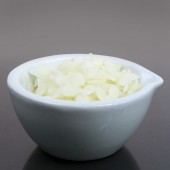
Bleached Beeswax
Starting at: £12.30
-
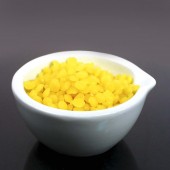
Natural Beeswax
Starting at: £11.20
-

Parchment Clippings
Starting at: £9.90
-
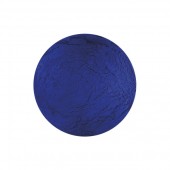
Blue Verditer Pigment
Starting at: £7.50
-
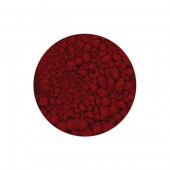
Carmine Red Genuine Pigment
Starting at: £10.00
-
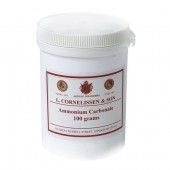
Ammonium Carbonate
Starting at: £9.70
-
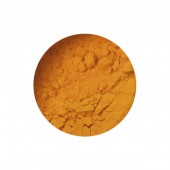
Gamboge Powder
Starting at: £5.20
-
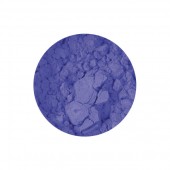
Smalt Light Pigment
Starting at: £5.20
-
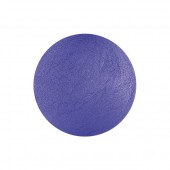
Egyptian Blue Pigment
Starting at: £5.90
-
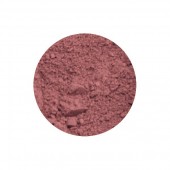
Madder Lake Genuine Pigment
Starting at: £10.20
-
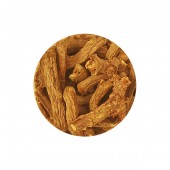
Madder Root Pieces
Starting at: £27.80
-
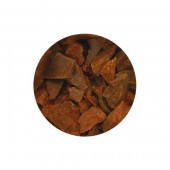
Gamboge Pipe Pieces
Starting at: £22.00
Call to Order
-
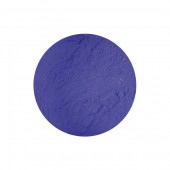
Smalt Dark Pigment
Starting at: £5.30
-
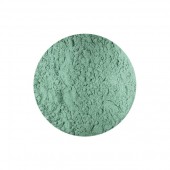
Genuine Malachite Pigment
Starting at: £14.90
-
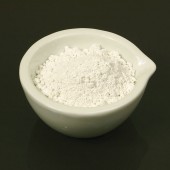
Gypsum
Starting at: £5.70
-
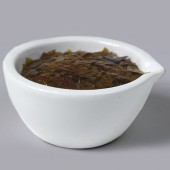
Orange Shellac
Starting at: £8.00
-
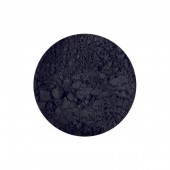
Ivory Black Genuine Pigment
Starting at: £38.00
-
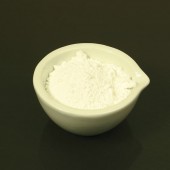
Alumina Hydrate Light
Starting at: £8.30
-
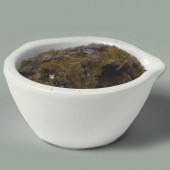
Clear Dewaxed Shellac
Starting at: £9.20
-
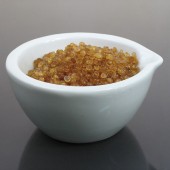
Pearl Glue
Starting at: £6.50
-
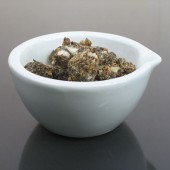
Gum Benzoin
Starting at: £14.70
-
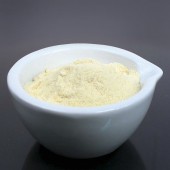
Powdered Rosin
Starting at: £13.90
-
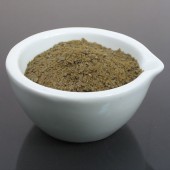
Carnauba Wax Grey
Starting at: £8.40
-
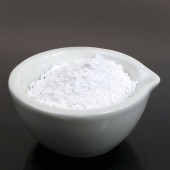
Gesso di Bologna
Starting at: £12.00




